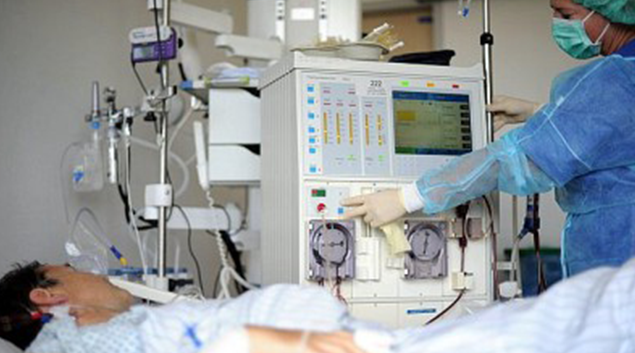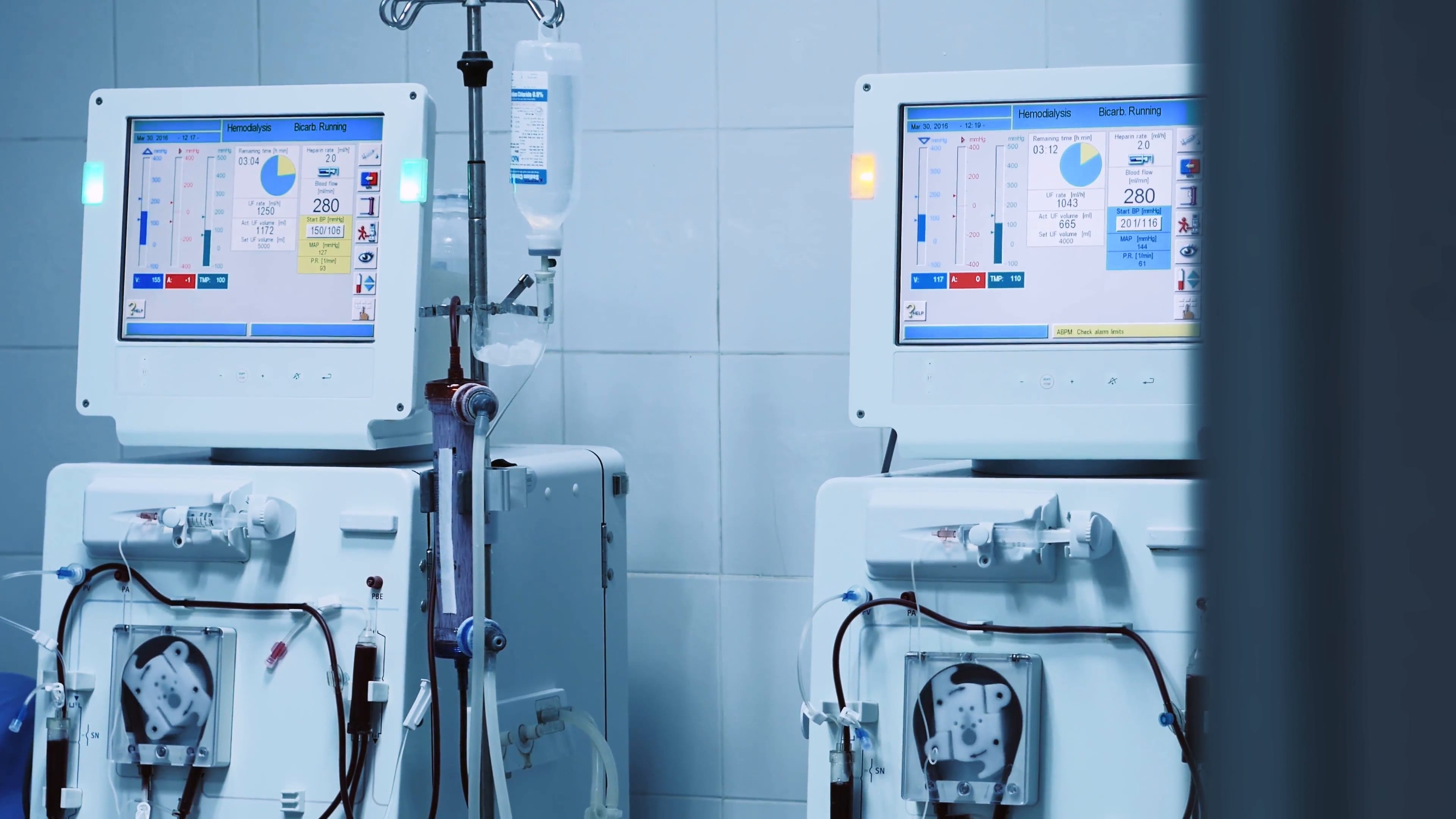Good health care is always a team effort—especially for people with chronic kidney disease. This fact sheet tells you about the health professionals who care for dialysis patients. For information about the health care professionals who care for transplant recipients, see “Your Transplant Care Team. ”
You and your family are important members of the dialysis care team. You should take an active role in your care. Learn all you can and take part in your treatment plan.
Since each member of the team at your dialysis center contributes to your care, it is important for you and your family to work together with them. The members of your dialysis care team are:
Nephrologist (Kidney Doctor)
The team leaders in many clinics are doctors called nephrologists—or, to use an easier term, kidney doctors. They have advanced training in treating kidney disease. They are responsible for your care during dialysis treatments. Nephrologists also may take care of patients before and after a kidney transplant.
Advanced Practitioner
Your team may also include advanced practitioners. Nurse practitioners (NP) and Physician Assistants (PA) collaborate with the doctors in caring for kidney patients both in medical offices or in the dialysis unit.
Nephrology Nurse
Nephrology nurses are licensed RN and LPN nurses who specialize in the care of patients with kidney failure. They are responsible for assessing patients, assuring that patients’ medications and treatment are administered correctly and for overseeing the dialysis process on a daily basis. All Medicare-certified facilities must have a full-time RN experienced in dialysis. The RN is responsible for nursing services and also oversees home programs that train patients and their care partners for self-dialysis modalities including home hemodialysis, continuous ambulatory peritoneal dialysis (CAPD) and automated peritoneal dialysis (APD).
Advanced practice nurses, nurse practitioners and clinical specialists with graduate nursing education degrees collaborate with the doctors in caring for kidney patients both in medical offices or in the dialysis unit.
Renal Dietitian
Renal dietitians have specialized degrees in dietetics and must meet certain education requirements to be registered dietitians (RDs). They know what foods are right for you, and they can help you plan your meals. Following a diet is an important part of your care, both before and after starting dialysis. Renal dietitians are skilled in tailoring your diet to meet your unique needs. They are also involved in the overview of bone management, dialysis adequacy, rehabilitation and anemia management.
Nephrology Social Worker
Nephrology social workers have a master’s degree in clinical social work and are licensed or certified. Your social worker can provide counseling to help you and your family cope with kidney disease and changes in the family, home, workplace and community. They can help you plan treatment to fit your lifestyle. They identify sources of emotional support for patients who need it. They also identify services provided by federal, state and community agencies to meet your needs and help you and your family obtain services when necessary. Social workers can help you and your family improve your quality of life.
Patient Care Technician and Biomedical Technician
There are two kinds of technicians in your dialysis center—patient care technicians (PCTs) and biomedical technicians. Both work under the guidance of the nephrology nurse or nephrologist.
Patient care technicians (PCTs) perform your dialysis treatment. In many dialysis centers, they are responsible for starting and ending each treatment and for monitoring you before, during and after treatments. PCTs complete an in-depth training program. Some states require that they have state or national certification.
Biomedical technicians are responsible for maintaining dialysis machines and water quality in your center. They order dialysis supplies and reprocess dialyzers (artificial kidneys) for reuse.
Vascular Access Care Team
If you are a hemodialysis patient, another group of health professionals will be involved in your care.
The vascular access surgeon will do minor surgery on your arm, leg, neck or upper chest to create an access that enables you to be connected to the artificial kidney, or dialyzer, for your treatments. Your access will be a fistula, graft or catheter. The surgeon will speak to you about the different access choices and help you select the best option for your needs. If any problems occur with your access at a later date, the vascular surgeon may need to repair the access surgically.
The radiologist will do special x-ray tests to help plan your access surgery. The radiologist may also place a catheter, repair a fistula that is not working properly and remove blood clots from an access. In some centers, a kidney doctor who has special training in radiology may do these procedures.
The access coordinator, who may be a nurse or other health professional, will review the history of your access, plan treatment, follow up to make sure you get the appropriate treatment and enter the information in your record.


